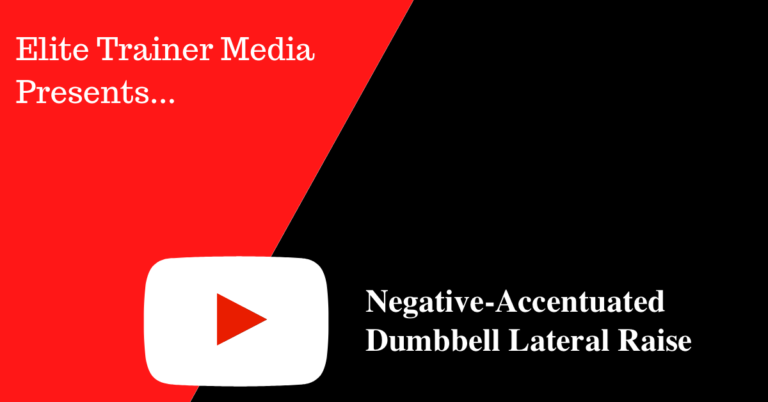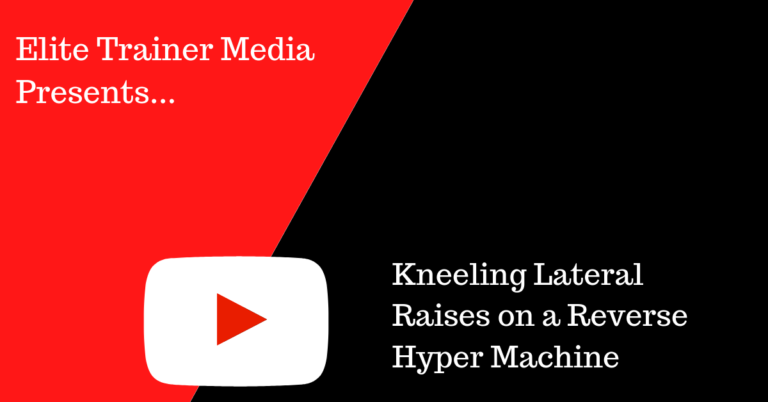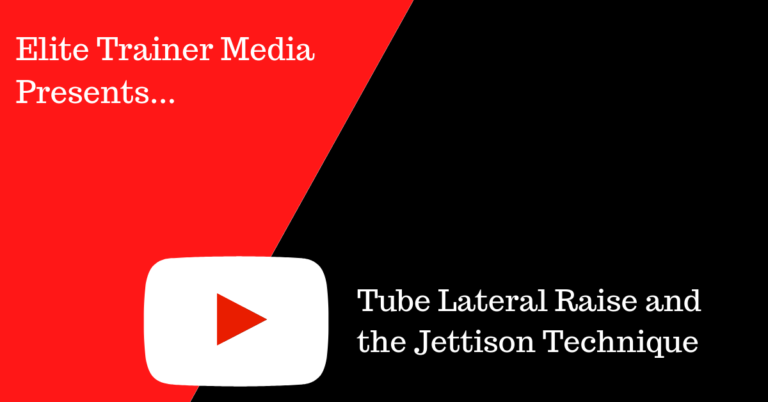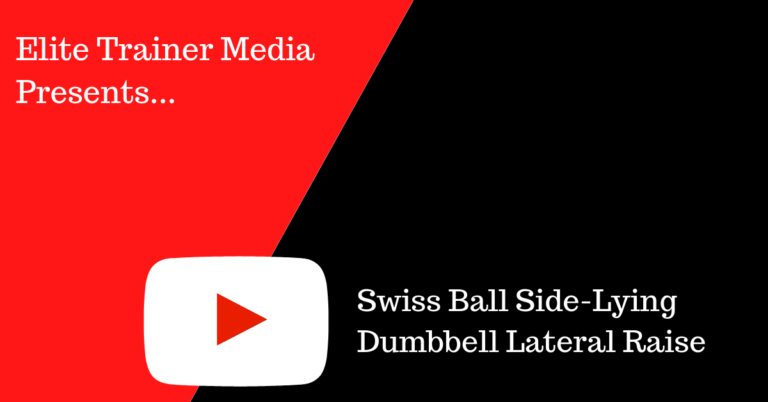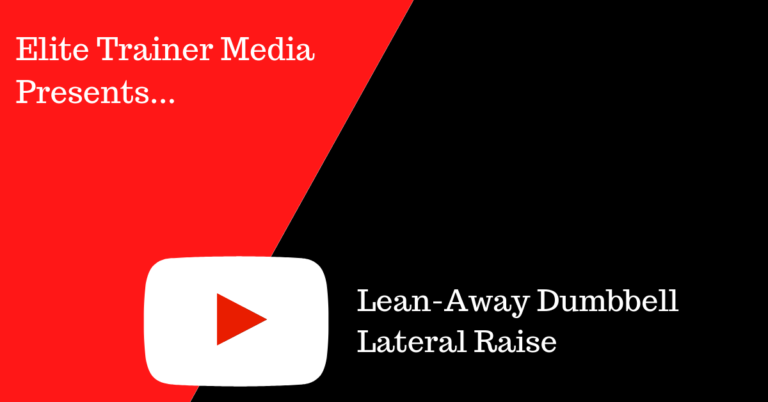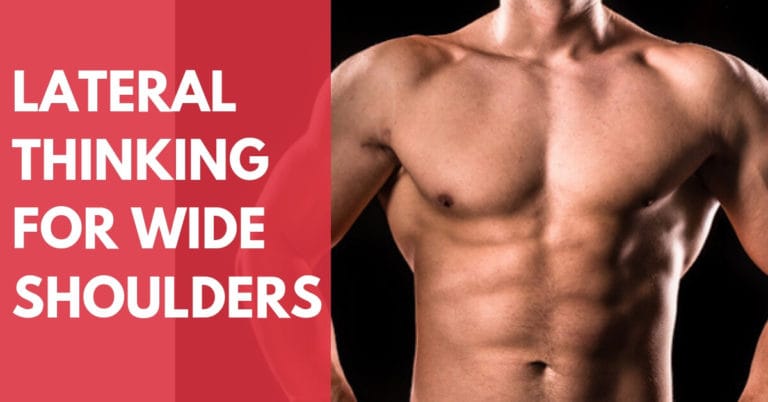Try negative-accentuated lateral raises in your next shoulder workout. Raise the dumbbells with bent arms, then lower them slowly with your arms straight. This variation emphasizes the eccentric phase of the movement and puts your delts under serious tension. A few controlled reps can go a long way. To explore more negative-accentuated training methods, check…
Take a look at the two exercise machines below—one is designed for your upper body, the other for your lower body. They’re completely different in purpose, yet you can perform the same exercise on both: the lateral raise. That’s right—if you have access to a reverse hyper machine with an adjustable roller pad, like the…
For more information, check out Muscle Devices And Weight Room Alternatives.
If your goal is to build “barn door” wide shoulders, try tube laterals where you overload the top range. Here’s an example of elastic resistance providing a greater overload where you want it. For fun, combine them with dumbbells and use a jettison technique where you release the tube once you reach failure and continue…
We know that the supraspinatus plays a greater role during the first 15–30 degrees of humeral abduction (in simpler terms, the beginning of a lateral raise), while medial deltoid activation peaks between 90–120 degrees. How can we use this to our advantage? If your goal is to target the supraspinatus more, such as during rehab…
If your goal is to build “barn door” wide shoulders, lean-away dumbbell laterals allow you to overload the top range of the movement where greater activity of the medial deltoid occurs.
The lateral raise seems like such a simple exercise. How many variations can there possibly be? Well, the answer to that question, as I’ll soon show you, is “Plenty!” Since a recent study has revealed seven segments of the deltoid, not just three, and the ball and socket configuration of the glenohumeral joint allows more…

